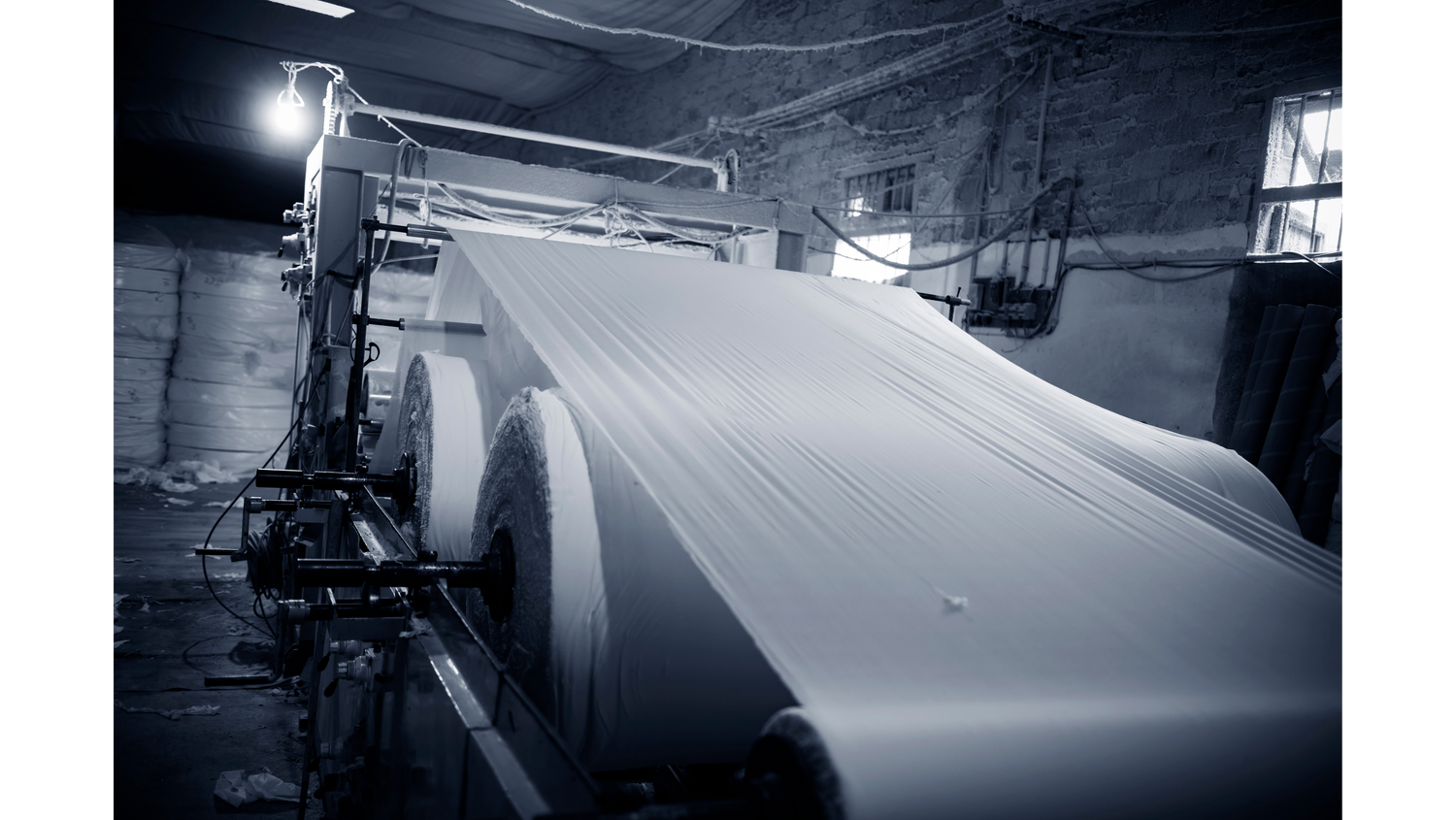The characterization of air emissions in pulp and paper mills plays a crucial role in the environmental management and regulatory compliance of these facilities. Here are the main aspects of the role of atmospheric emissions characterization in this context:
Identification of pollutants : Characterization of air emissions makes it possible to identify specific pollutants emitted by production processes in a pulp and paper mill. This includes compounds such as fine particulate matter, nitrogen oxides (NOx), volatile organic compounds (VOCs), acid gases, sulfur dioxide (SO2), etc. This identification is essential to understand the nature of emissions and their potential impact on the environment.
Emissions quantification : Emissions characterization makes it possible to quantify the quantity of each pollutant released into the atmosphere by the factory. This quantification is important to comply with environmental regulations and to assess the potential impact on air quality and human health.
Regulatory Compliance Assessment : Pulp and paper mills are generally subject to strict regulations regarding air emissions. Emissions characterization is necessary to determine whether the plant complies with the emission limits imposed by regulatory authorities. If these limits are exceeded, corrective action may be necessary to comply with the standards.
Air quality management : The characterization of atmospheric emissions makes it possible to continuously monitor the air quality around the factory. This helps detect seasonal variations or long-term trends in emissions and take action to minimize impacts on air quality.
Process Optimization : By better understanding specific emission sources and the processes that contribute the most to emissions, pulp and paper mills can work to optimize their processes to reduce pollutant emissions. This can not only help comply with regulations, but also improve the energy efficiency and overall sustainability of the plant.
Public Awareness : Air emissions characterization can also be used to inform the public and local stakeholders about plant emissions, measures taken to reduce their impact, and environmental compliance results achieved.
In short, the characterization of air emissions is essential to monitor, understand and manage pollutant emissions from pulp and paper mills, ensuring regulatory compliance, environmental protection and public health. It plays a key role in the overall management of the environmental sustainability of these industrial facilities.


Leave a comment
This site is protected by hCaptcha and the hCaptcha Privacy Policy and Terms of Service apply.